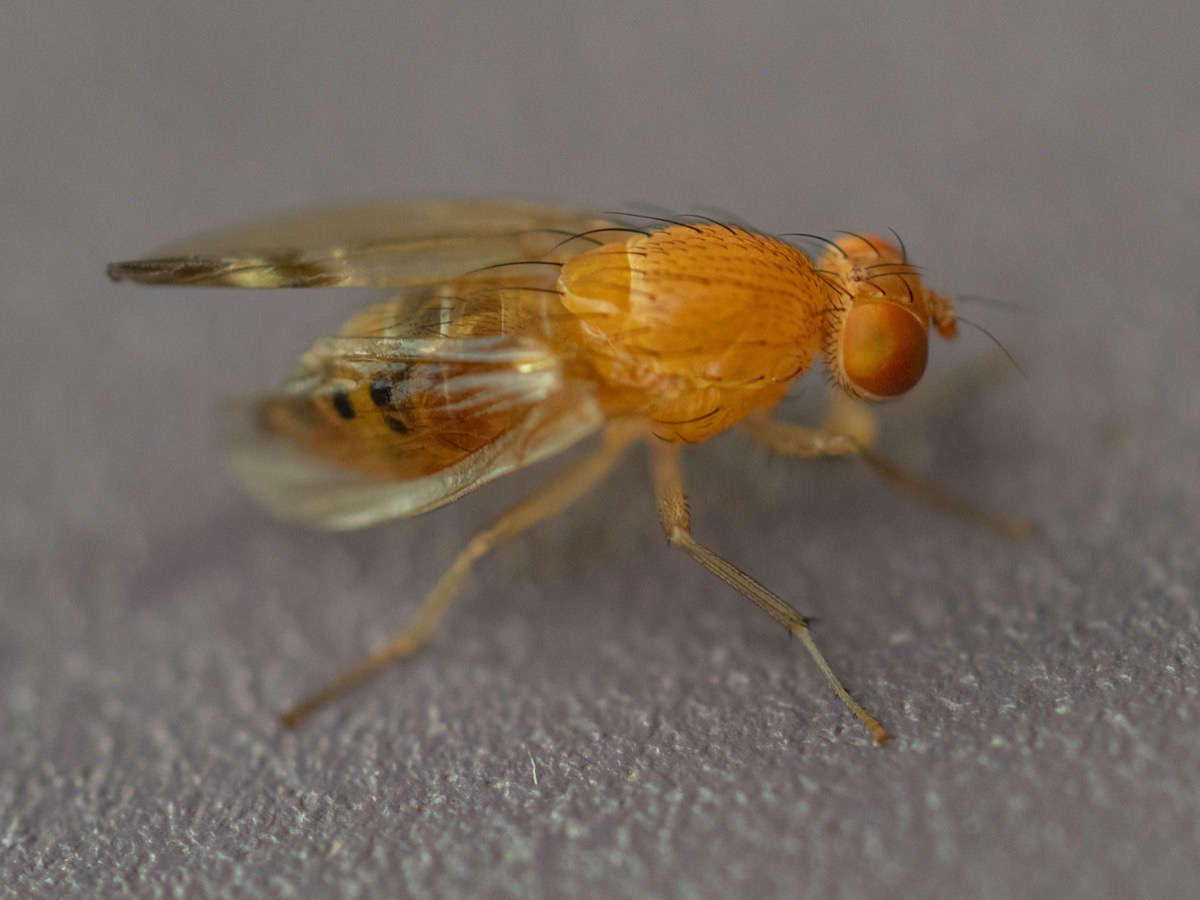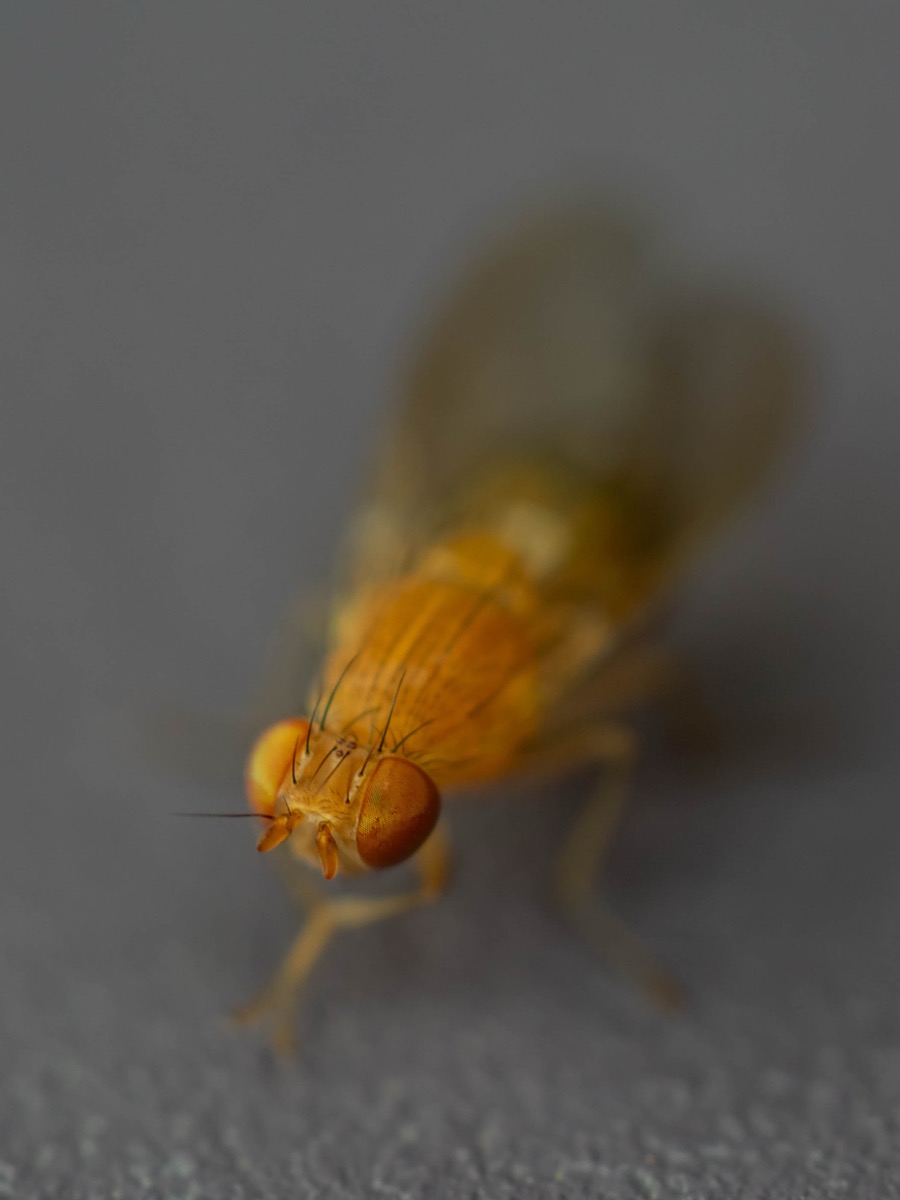Presence of a calypter:
one of the two posterior lobes of the posterior margin of the forewing, between the extreme posterior base of the wing and the alula, covering the halteres
Included Superfamilies
Calyptratae include several well-known superfamilies:
- Muscoidea – House flies and relatives, often coprophagous or saprophagous.
- Oestroidea – Necrophagous or parasitic flies (Calliphoridae, Sarcophagidae, Oestridae…).
- Hippoboscoidea – Vertebrate-parasitic flies, sometimes wingless (such as sheep keds).
- Tachinoidea (included within Oestroidea in some classifications) – Insect parasitoid flies.
Characteristics
- Well-developed calypter (lobe covering the wing base)
- Arista often plumose or pubescent
- Generally robust morphology
- Highly variable behavior: floricolous, necrophagous, hematophagous, parasitoid…
Habitat
Highly variable depending on the family, but often found in:
- Agricultural or livestock areas
- Open woods, meadows, gardens
- Near carcasses, feces, or compost
- Presence of animals (parasitism)
Biology
Calyptratae larvae may be:
- Saprophagous (organic debris, carcasses, feces)
- Parasitoid (especially in Tachinidae)
- Hematophagous (Hippoboscoidea, some Oestroidea)
- Phytophagous (some Anthomyiidae)
This group is ecologically dominant among flies, especially in human-altered environments.


